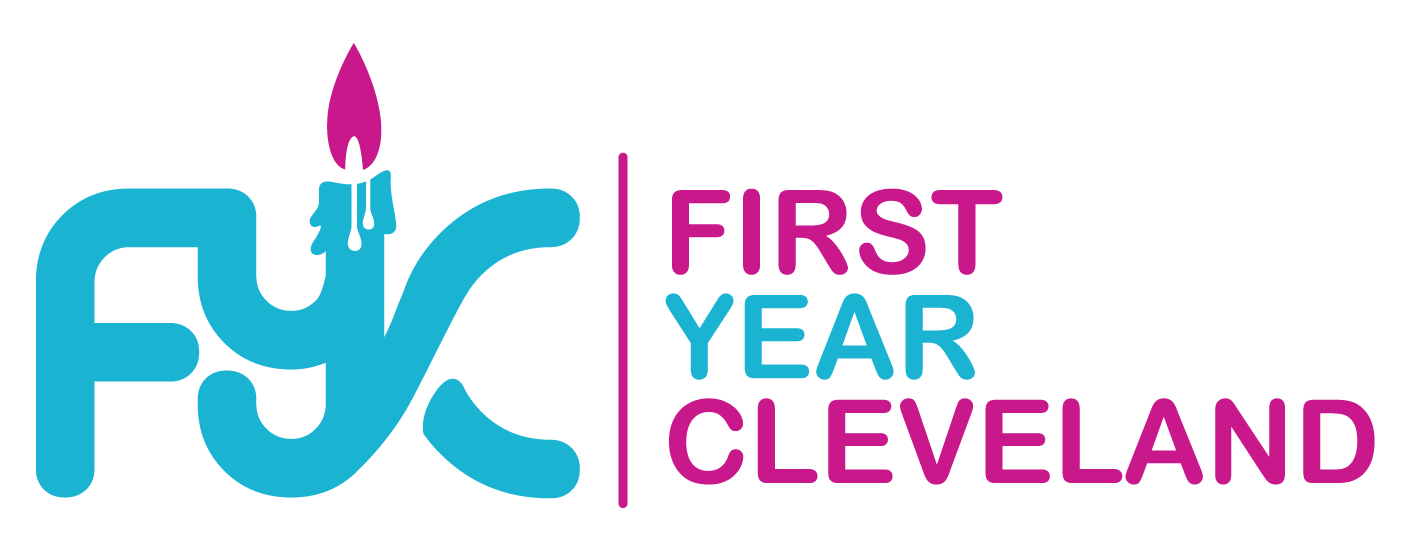As the mother of a toddler, Kate N. remembers the sleepless nights of new motherhood very clearly and how desperate new parents are to get some rest. As project manager of Safe Sleep Heroes, it’s her job to teach those new parents — and anyone else caring for a small child — how to ensure everyone gets a safe night of sleep. Here, she shares the importance of the ABCDs of safe sleep:
I’m a well-resourced mom, but I had no idea until I started working with First Year Cleveland that if you follow the ABCDs of safe sleep — putting babies to bed Alone, on their Back, in a Crib and Don’t smoke — the likelihood of them not waking up is super slim. Safe sleep recommendations have changed drastically over the past 20 years, and that’s why we must be so vigilant about making the message widespread. We now know what parents did for their children a generation ago can increase infant mortality.
We lose 21 babies a year in Cleveland, a full kindergarten class, to preventable, sleep-related deaths. You don’t want your child to be one of those babies. We want to decrease those numbers to eventually make sure that happens zero times.
In our work, we have a few mothers and grandmothers who show up to events to tell their story of losing their children due to unsafe sleep practices. These were children that were otherwise healthy, no health complications. But they were put to sleep in ways that weren’t safe for them and the unthinkable happened — they suffocated. We’re very fortunate that these women are brave enough to make sure it doesn’t happen to other families.
With families, we walk a fine line between not telling people they were wrong, like we’re judging their parenting or that we’re assuming they don’t love their children. Parents want their babies to be safe and they want them to sleep well, so we must tell them why the ABCDs of safe sleep are so important. Most parents by and large want to do what’s best for their children; we just have to make it accessible.
We do hear a small amount of pushback to the new guidelines, particularly about having babies sleep alone in their crib. Some parents are very into attachment parenting, where they sleep in the same bed with the child for bonding purposes. And that’s well-intentioned, but there are so many things that need to go exactly right for it to be safe. When it’s 2 a.m., and you’re completely exhausted, can you guarantee you can do all of those things correctly?
When you know better, you do better. Now that you have new information, what are you going to do with it? Safe Sleep isn’t just a program for parents. It’s for any and everybody. Because at some point, you either know an infant or influence the way they go to sleep. We’re looking at behavior change and that usually takes five to seven years. Everybody invested in turning these numbers around is working on a much shorter time frame. We’re looking for a movement, not a moment.

